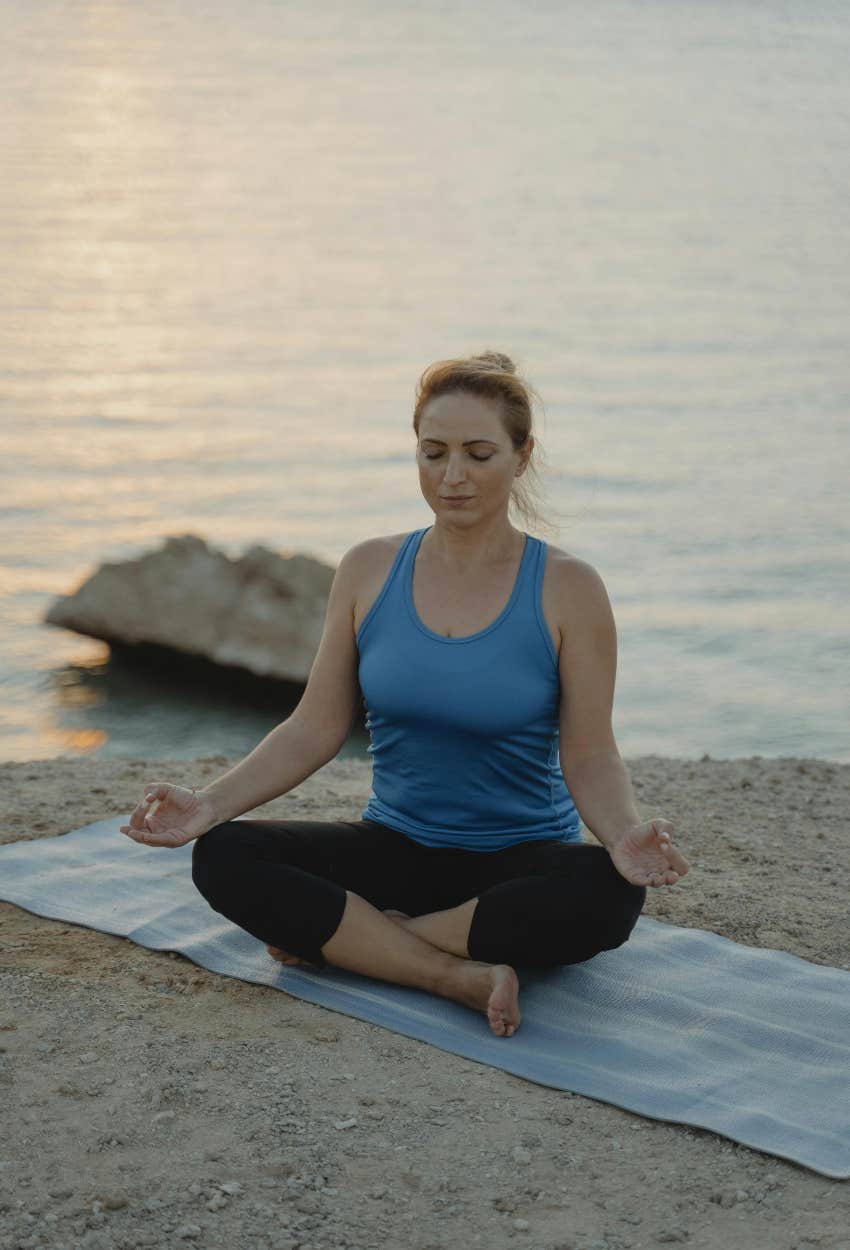3 Tiny Habits To Steal From Extremely Fit People
Achieving optimal health doesn't have to be a slog.
 nd3000 | Canva
nd3000 | Canva Most of us feel we have too much on our plates, both literally and figuratively. So, we start on a journey from here (wherever you are) to there (wherever you want to be) — pursuing a personal version of vibrant health and happiness.
Usually, this path to wellness is seen as an uncomfortable journey that requires a lot of inner willpower. As Mick George sums it up, "Anytime we say we 'have to' do anything, it means we are living our life reluctantly." There is a distinct lack of enthusiasm.
This is why we see diets and health programs fail again and again as we try to adapt ourselves to someone else's idea of normal. No wonder there are so many obstacles in our way; we simply feel powerless and misunderstood.
Here are 3 tiny habits to steal from extremely fit people:
1. They know what works for them
What is your lifestyle like now? What have you tried in the past? What worked well and not so well?
How would you like to feel when you reach your goals? What values are showing up for you in the vision of 'my best self'? What obstacles do you have or can you foresee? What obstacles are perceived and which ones are real?
The discovery phase of the three-step plan is thorough and matter-of-fact, somewhat similar to planning a trip. Tools, questionnaires and surveys are helpful, and I share the most efficient ones with you.
2. They have a strategy
This process can be as simple or complex as it needs to be. A straightforward action plan might be cleaning out the fridge, dusting off that diet book that worked so well years ago, or joining the gym next door.
Other, more subtle strategies might include setting and maintaining healthy boundaries, using positive affirmations, time management skills, appropriate goal setting, problem-solving techniques, basic nutrition education, mindset, revisiting outdated belief patterns, and trying new things we may never have thought of trying before (a cooking class, salsa dance group, asking to borrow a neighbor’s bike, etc.)
Strategy is taking what has evolved from the "discovery" session and taking the next step forward.
Your strategy can include four to five goals at a time, such as getting to bed on time, bringing a bottle of water to work each day, buying a new pair of sneakers and changing to low fat options when grocery shopping.
Strategy is the place to be creative, not restrictive.
3. They keep trying new things
Expect and plan for pitfalls and challenges. The founder of the most important wellness coach training school in the U.S. admitted, in front of hundreds of workshop participants, at a Harvard Medical School event, that it took her 10 years to find just the right meditation style for her character and needs!
Goals are there to be reviewed, improved, or rewritten entirely. Starting a yoga class and hating it may just lead you to something better for your needs.
 Pexels / Tima Miroshnichenko
Pexels / Tima Miroshnichenko
There is courage in trying new things, and some benefits. According to the New York Times, trying new things can lead to meaning and purpose, both of which have been linked to better health outcomes related to sleep, stroke, heart disease, dementia, disability, and premature death.
Implementation is the most misunderstood and overlooked part of embarking on something new. If things don't work out, simply revisit and revise the discovery and strategy steps; rinse and repeat.
You'll be on your way to a better life becoming a better person in the process.
Tatiana Kaletsch is an organizational Health and Wellness Specialist and National Board-Certified Health Coach with 23 years of experience implementing healthy habits systems for individuals and groups in corporate, clinical, educational, and community settings.

